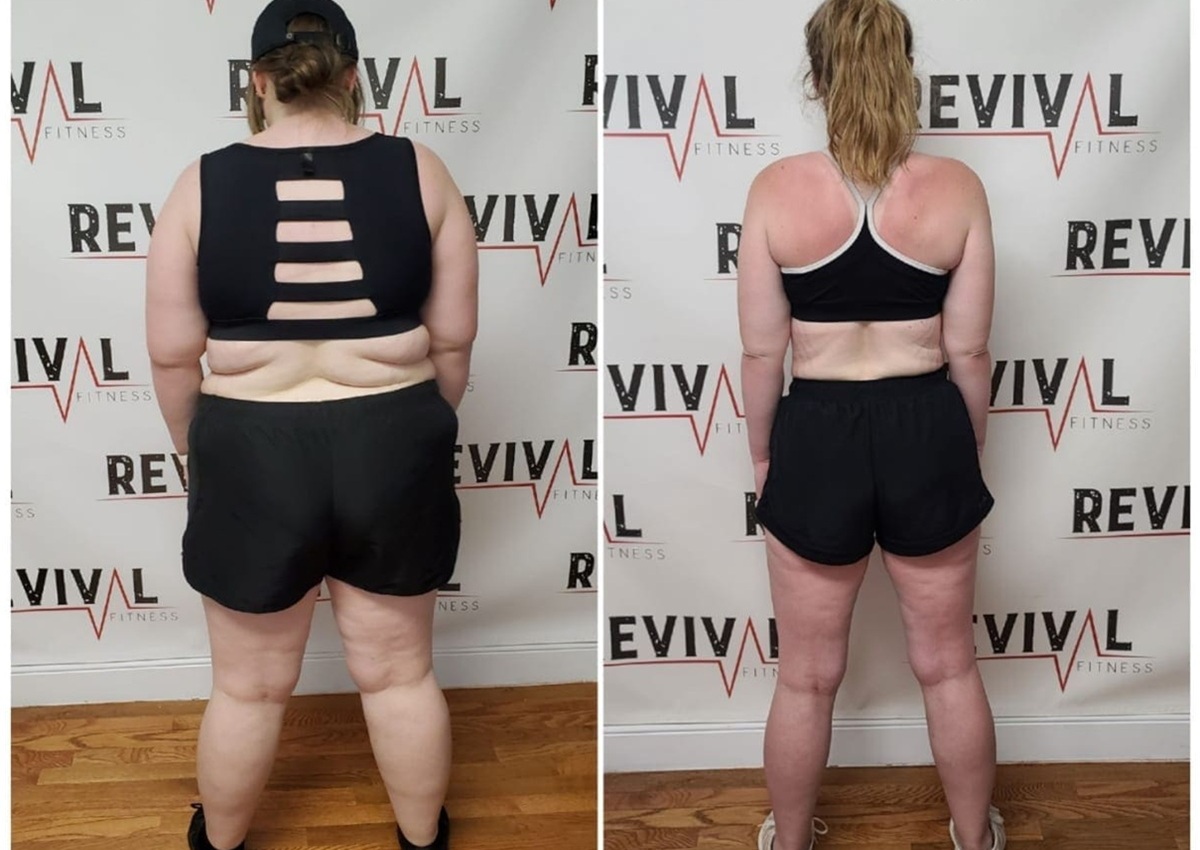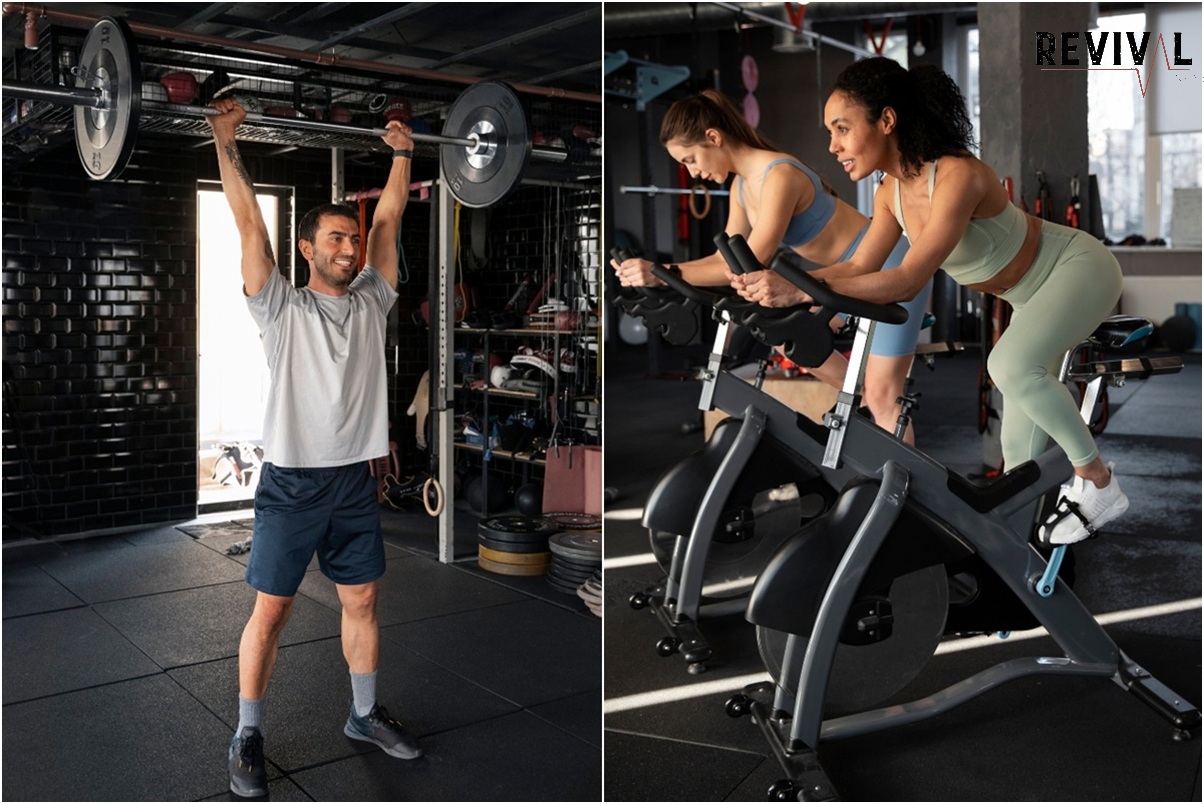If you’re trying to lose weight, improve your fitness, or simply feel better, you might be wondering: Should I focus on cardio or strength training? While both offer important benefits, the best answer depends on your individual goals, preferences, and current fitness level.
In this guide, we’ll break down the pros and cons of each method and help you build a balanced routine that actually gets results.
What Counts as Cardio and Strength Training?
Cardio (short for cardiovascular exercise) includes any activity that raises your heart rate and keeps it elevated:
- Running, biking, swimming
- Brisk walking, rowing
- HIIT (high-intensity interval training)
- Dance classes, jump rope
Strength training (also known as resistance training) focuses on building muscle through resistance:
- Lifting weights
- Bodyweight exercises (push-ups, squats)
- Resistance bands or cable machines
- Powerlifting, CrossFit, functional strength circuits
Benefits of Cardio
1. Heart Health
Cardio strengthens your cardiovascular system and lowers your risk of heart disease, high blood pressure, and stroke.
2. Calorie Burn and Fat Loss
Cardio burns more calories during the workout than strength training, especially moderate-to-high-intensity options like running or cycling.
3. Mental Health Boost
Endorphins released during cardio workouts help reduce anxiety and improve mood, energy, and focus.
Benefits of Strength Training
1. Muscle Gain and Definition
Strength training builds lean muscle, which not only shapes your body but also increases your resting metabolism.
2. Long-Term Fat Loss
While cardio burns calories in the moment, muscle burns calories all day long. The more lean mass you build, the more efficiently you burn fat.
3. Injury Prevention and Longevity
Strengthening muscles and connective tissues helps support joints and prevents imbalances that can lead to injury.
How Strength Training Helps With Weight Loss
Which Should You Do First — Cardio or Strength?
It depends on your primary goal:
- Fat loss? Start with strength, then finish with short cardio or HIIT.
- Endurance improvement? Start with cardio.
- Muscle gain or strength? Prioritize strength training when energy is highest.
Mixing both in one workout? That’s fine—but structure it strategically.
How to Combine Cardio and Strength for Best Results
Weekly example:
- Monday: Strength + light cardio finisher
- Tuesday: Cardio (moderate or intervals)
- Wednesday: Active recovery or rest
- Thursday: Strength training
- Friday: Low-impact cardio or functional training
- Saturday: Full-body strength + short HIIT
- Sunday: Rest
Even just 2–3 strength days and 1–2 cardio sessions per week can lead to real transformation over time.
What About Weight Loss?

Both cardio and strength play a role in fat loss:
- Cardio burns calories and creates energy deficits
- Strength training helps retain muscle and boosts metabolic rate
- Nutrition ultimately drives weight change (calorie control, protein intake)
Nutrition and Exercise Work Together to Transform Your Body
Which One Is Better for Beginners?
Many beginners benefit from starting with strength training to build confidence, learn proper movement, and protect joints. Cardio can be added gradually based on goals and enjoyment.
Want help starting? A personal trainer can customize a plan that balances both.
How Revival Fitness Helps You Get the Best of Both Worlds
At Revival Fitness, our programs blend cardio and strength into:
- Custom fitness programs
- Group classes and personal training options
- Nutrition support that aligns with your goals
- Flexible gym memberships to fit your routine
Don’t Choose One—Balance Both for Results
Cardio and strength each offer unique benefits, and together they create a complete approach to fitness. Prioritize based on your goals, adjust as your fitness evolves, and most importantly—stay consistent.
Need help balancing both? Contact us to get expert support and a workout plan tailored to you.
How Strength Training Helps With Weight Loss



